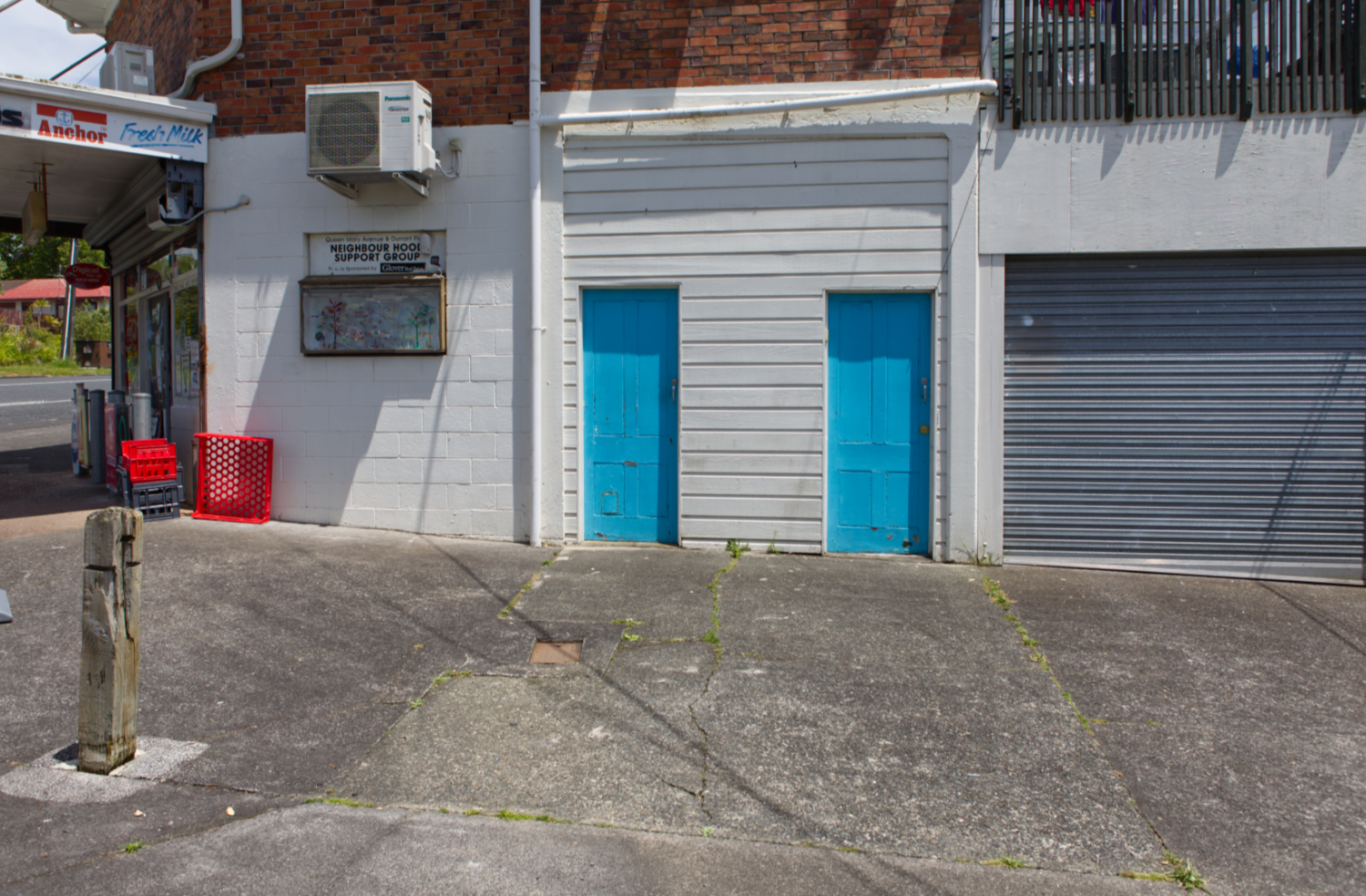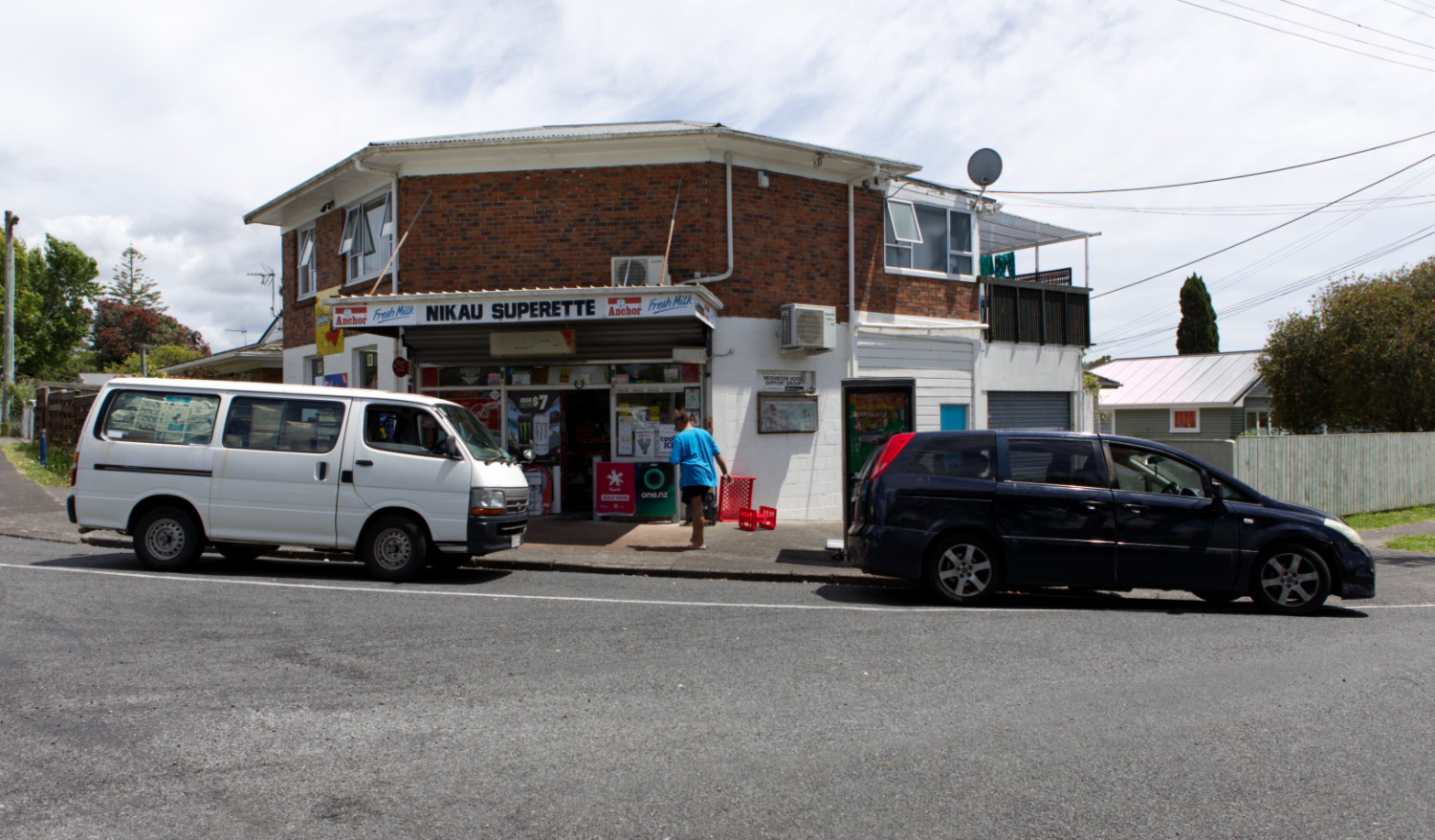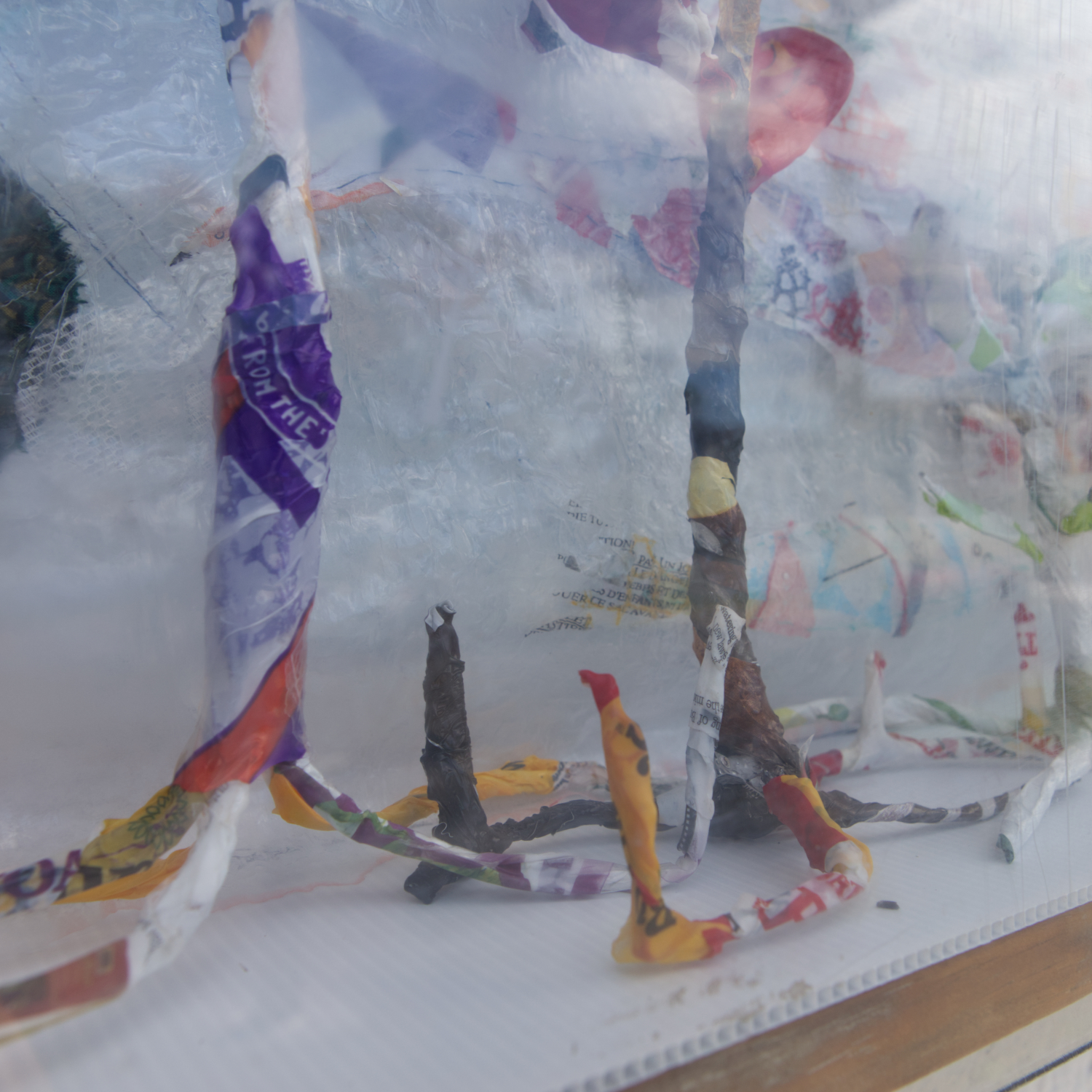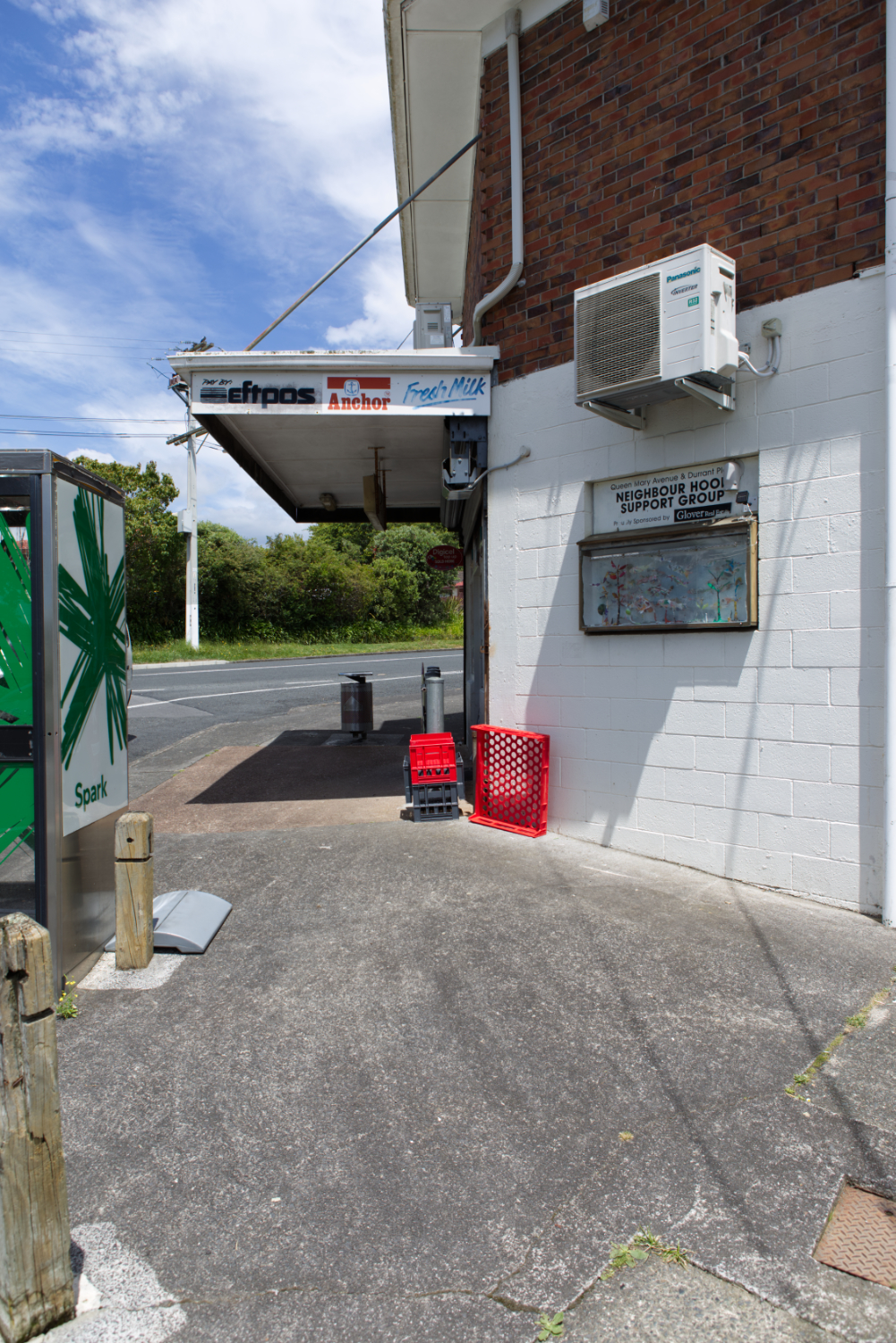Exhibition Two, Season Two: 15 December 2023 – 19 January 2024
Artist: Juliette Laird
Manawa paradiso
Wire, waste and packaging
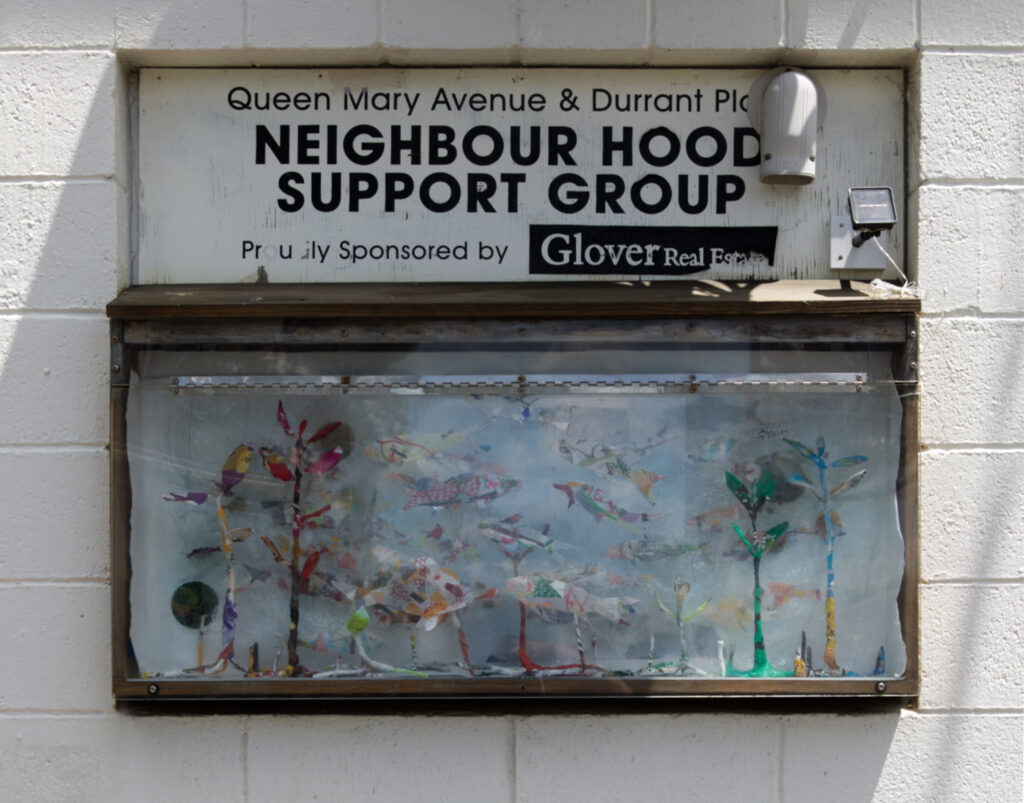
Juliette Laird lives near Opoutukeha (Cox’s Bay) in Tāmaki Makaurau. She is very drawn to mangroves, and to their floating seeds which take root in any hospitable bit of mud or creek, like human migrants just fitting into a less-loved niche. Increasingly she is looking for ways to work with interesting found or waste materials yet still talk about the beauty of the natural world and also reflect our impact on it.
Mangrove Factsheet:
Mangroves provide habitats for a variety of plants and animals. Neptune’s necklace (a seaweed) often grows beneath the mangrove trees and occasional eelgrass beds can be found in the gaps amongst the trees. The mangrove trees themselves are often festooned with lichens. Oysters, mussels and barnacles attach themselves to the aerial roots. Around 19 species of fish feed and shelter in the mangroves at some stage of their life. Mangroves are also a home for native insects. One insect, a leaf roller, lives only on mangroves.Many birds use mangrove areas in New Zealand, including the rare banded rail, marsh crake, fernbird and Australasian bittern. Mangroves provide food, nesting areas and habitat for these and a variety of other species. www.ew.govt.nz
Juliette Laird’s working methods are based on playful exploration, looking to create layered meanings and visual metaphors. Preferring a hands-on approach, she shapes the work around stories, experiences and sites. Her work has been influenced by a range of artists who are interested in material properties and allusions, such as Eva Hesse and the Surrealists. She has a particular interest in issues of place and identity.
Since completing a Bachelor of Visual Arts in 2005 she has exhibited regularly, mostly in group shows and increasingly outdoors and is also involved in art education at primary and tertiary level.
